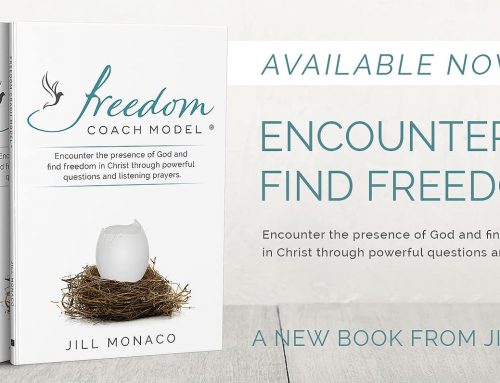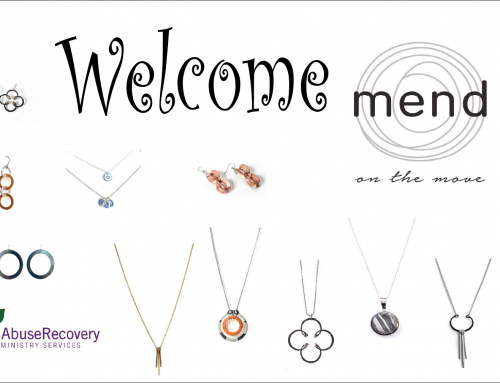In Middle School, Brenda wasn’t the most compliant teen. One time when she was supposed to be helping her mom with a project, she answered the phone instead. Her dad also picked up the phone from his shop and when she went out to give him the message, he was not happy.
When Brenda slammed the door behind her on her way out, he snuck up behind her, grabbed her, spun her around and yelled at her for picking up the phone instead of helping her mom.
Then his voice got very quiet…and scary.
Isolation in Abuse
Brenda’s dad isolated and abused her sister as well. Brenda vividly recalls her sister acting out (they were homeschooled and not allowed to be social) and her dad’s punishments. He took away her toys, removed doors off bedrooms and bathrooms (he was the only male in the house), didn’t allow her covers on her bed and wouldn’t let her eat with the family. This was for weeks on end, and often months. Her sister picked up many abusive behaviors and tends to have narcissistic thought patterns and actions.
Mom was also a victim. Although physical abuse was never mentioned aloud, Brenda remembers being awaked to thuds against the walls. Once, her mom was writhing on the floor gasping for air and crying and Brenda’s dad told them she was just trying to catch her breath. “But he had probably been choking her,” Brenda says.
As an adult, Brenda thought abuse was normal and had two unhealthy relationships before finding her (non-abusive) husband. Although her parents are now separated, she has had to set heavy boundaries with her mother. Brenda has a young daughter and mom arranged someone to call CPS and claim that her granddaughter was in an unhealthy environment. Mom has also visited without scheduling and tries to push her way into their lives. Putting her foot down was Brenda’s key to making sure her mother didn’t take over their lives.
Intensive Counseling for Abuse
Brenda trained to lead a Her Journey group and when she started, she had already obtained intensive counseling. “I was pretty sure that you weren’t going to cover anything I hadn’t already learned.” She said. But she was wrong. “After even the first lesson I said ‘whoa’. There is so much here not available elsewhere. And SO much in each lesson.” She considered even backing out of leadership training and taking Her Journey at a slower pace to absorb it all. When she reached Part Two of the Her Journey Leadership Training, she found the book “Why Does He Do That” to be completely eye-opening. The course helped her understand the survivor techniques that she used and also that those could potentially turn into abusive tactics against others.
“I’m very careful in raising my daughter and in all relationships to not use the abusive behaviors that I was taught.” She gives an example of her daughter refusing to eat. Should she force the food into her mouth like her own grandmother did or give her daughter some time, knowing that eventually she will get hungry? These are the types of decisions that run through her mind on a daily basis.
“Her Journey taught me that I didn’t have to put my junk on everyone else. To be responsible for me and my own actions.” She explains.
Six Steps When You Are Raised in Abuse
Brenda recommends six action steps for ladies who are raised in abuse.
- Go to Her Journey! Groups are available seven days a week.
- When getting into relationships (romantic or friends), it’s very important to call a hard stop and look at what you consider is normal. Look at other’s relationships. Brenda has in-laws with a very healthy relationship. She watches them and talks to them to help her decipher differences and learn more.
- Realize you must get healthy before you can have a healthy relationship.
- Understand that relationships are not something you get into to get something out of someone else. It’s easy to tend to use others when in a dark spot.
- Once you have healed, you have “not arrived”. If you have been raised in abuse, it will be ongoing for life. If it’s not, it is unhealthy. Jacob in the Bible was touched by angel and walked with a limp the rest of his days. Ongoing healing is a part of a survivor’s limp.
- You are not a victim but a survivor. These things must drive you back to Christ to be healthy. If things stop driving you to Christ, then you are not healthy. This is the goal that Brenda continues to work on.
by Julie Bonn Blank








Leave A Comment